
They are only a few centimeters large, but these small critters can create currents that mix the ocean, so-called ocean mixing. A phenomenon that has been a bit of a mystery.
The salt crayfish is not directly a heavyweight. In only 15 millimeters, the species belongs to the smallest of aquatic animals, and one may think it is difficult to make any particular impression on its surroundings.
But there is strength in numbers. When the salt crayfish move together on a shelf, they can create downward currents that contribute to a phenomenon called ocean mixing. The mixing of the sea is necessary for both animals and plants to enjoy the sea, which means that nutrition is drawn to plankton.
The researchers from Stanford University believe that salt crayfishes contribute to mixing, a phenomenon that is not yet fully understood. Mixing the water requires energy, as the deeper and heavier water moves upwards, while lighter and more surface water moves downwards.
It is thus this extra energy that scientists have not yet fully understood. Winds and tides are some causes that you know help to blend the ocean, but it is unclear exactly how it works.
To investigate this, researchers placed salt crayfish in two different tanks: one for the mixing, and another to visualize the flow from the salt cracker’s movement.
When using light to activate the salt crayfish, the researchers saw that the total movement of the small animals created downward currents. Streams that help to mix the sea. A proof that very small animals can make a big difference.
The research shows that clusters of these centimeter-long individuals, each beating its tiny feathered legs, can, in aggregate, create powerful currents that could potentially mix water over hundreds of meters in depth.
This effect could potentially influence everything from distribution of ocean nutrients to climate models.
Reference:
Isabel A. Houghton et al. Vertically migrating swimmers generate aggregation-scale eddies in a stratified column doi:10.1038/s41586-018-0044-z


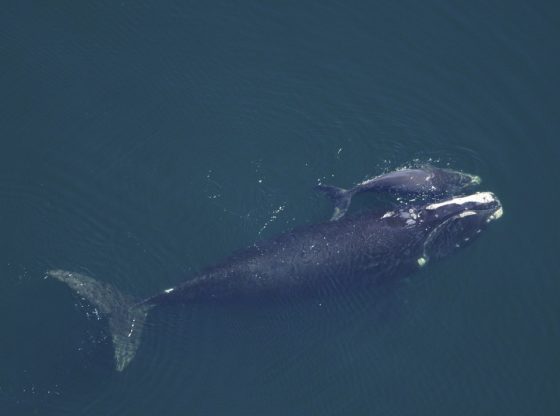
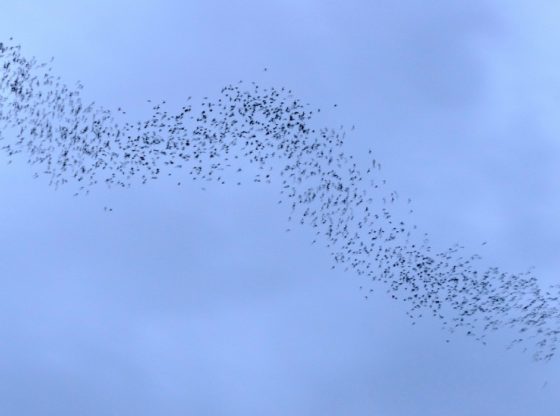


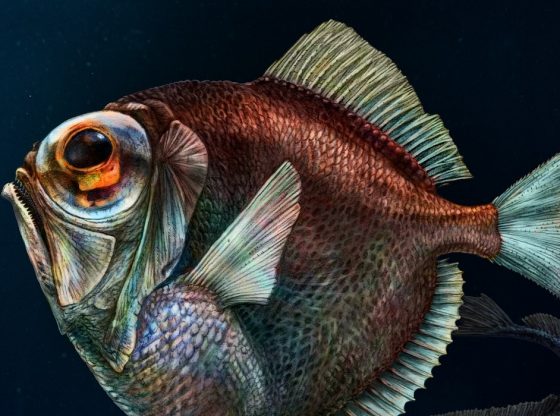
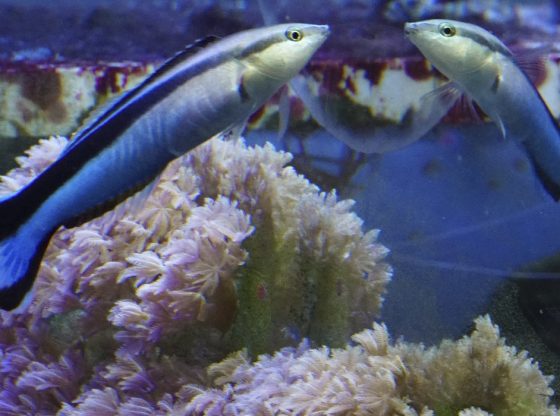

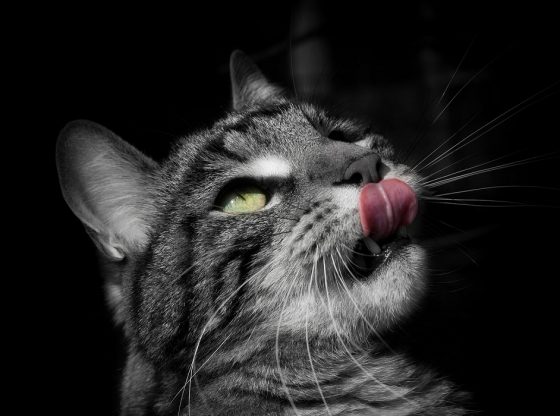
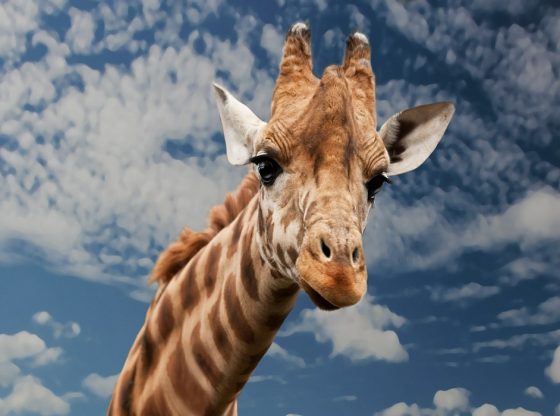
![OpenAI. (2025). ChatGPT [Large language model]. https://chatgpt.com](https://www.illustratedcuriosity.com/files/media/55136/b1b0b614-5b72-486c-901d-ff244549d67a-350x260.webp)
![OpenAI. (2025). ChatGPT [Large language model]. https://chatgpt.com](https://www.illustratedcuriosity.com/files/media/55124/79bc18fa-f616-4951-856f-cc724ad5d497-350x260.webp)
![OpenAI. (2025). ChatGPT [Large language model]. https://chatgpt.com](https://www.illustratedcuriosity.com/files/media/55099/2638a982-b4de-4913-8a1c-1479df352bf3-350x260.webp)








